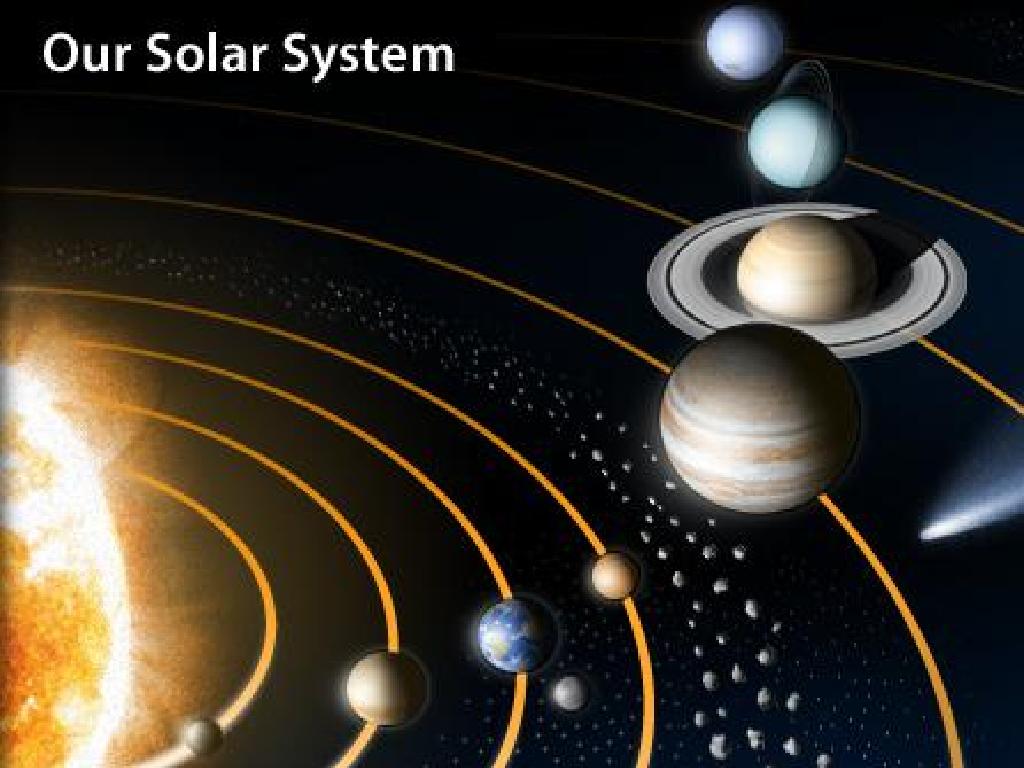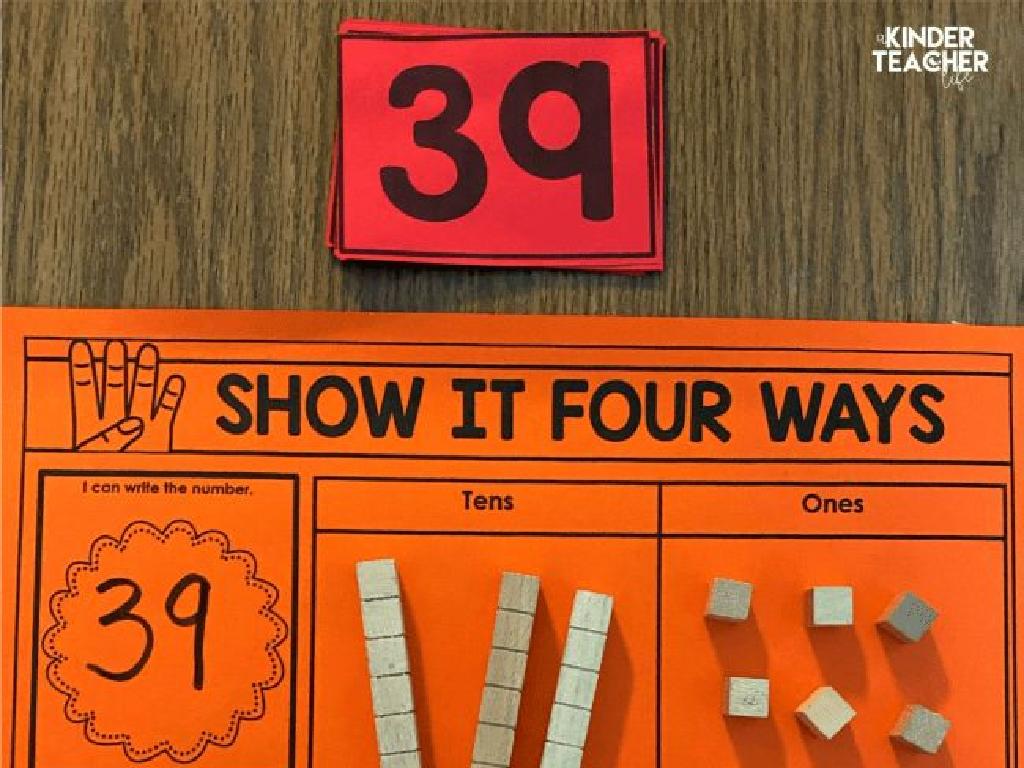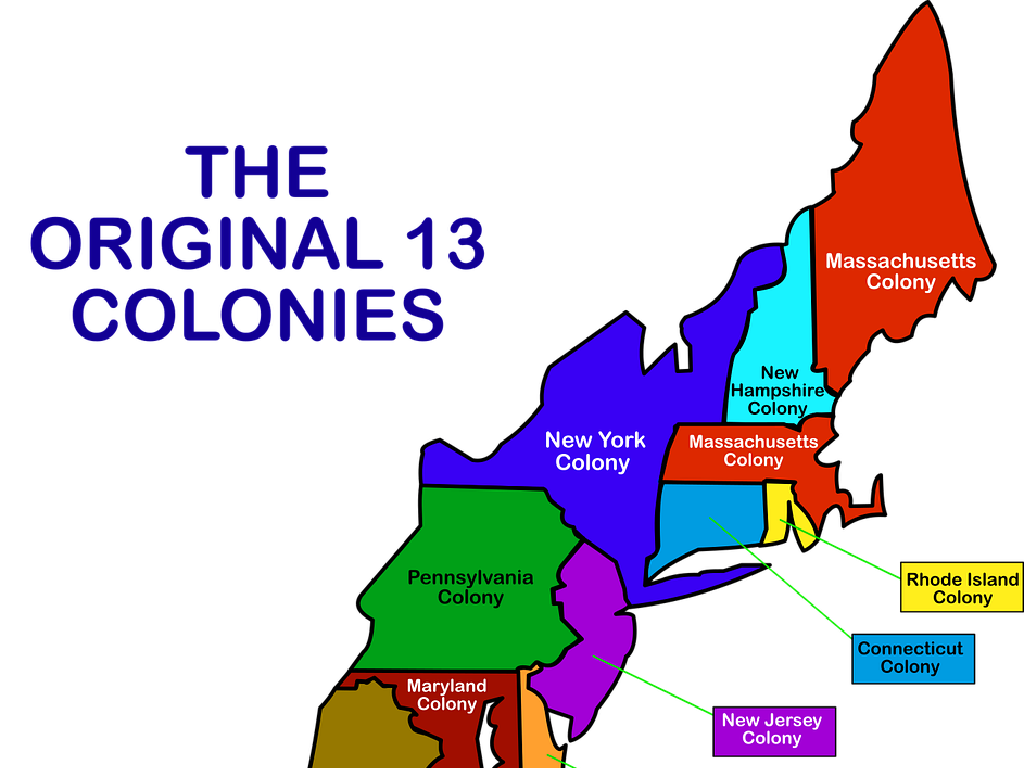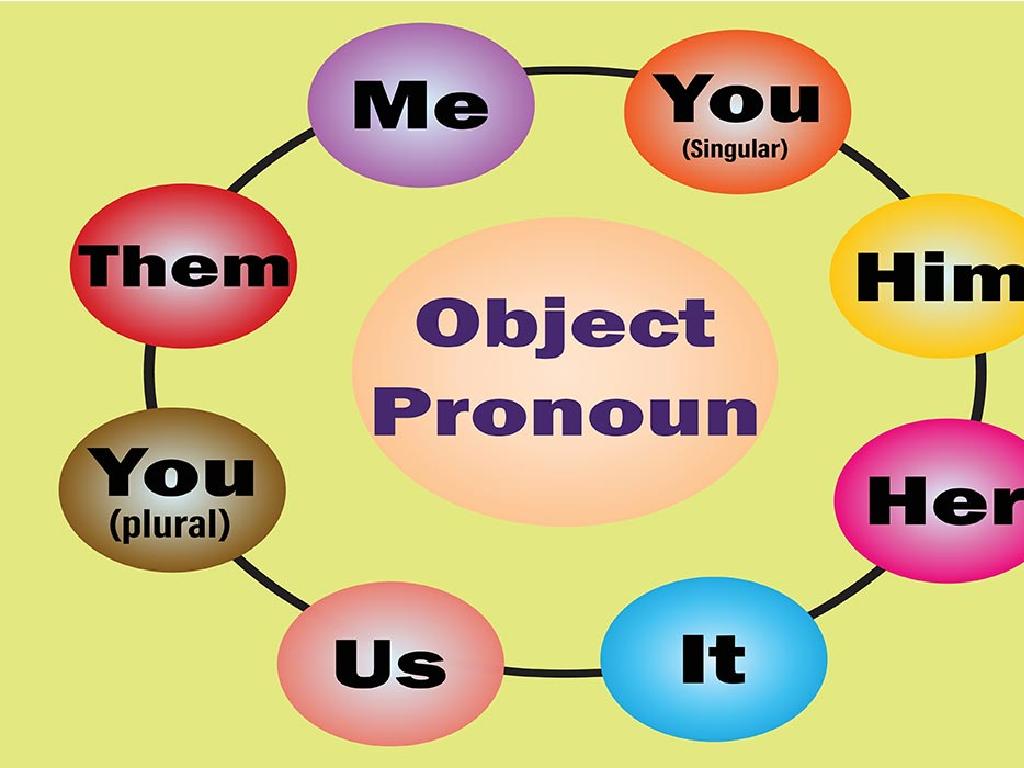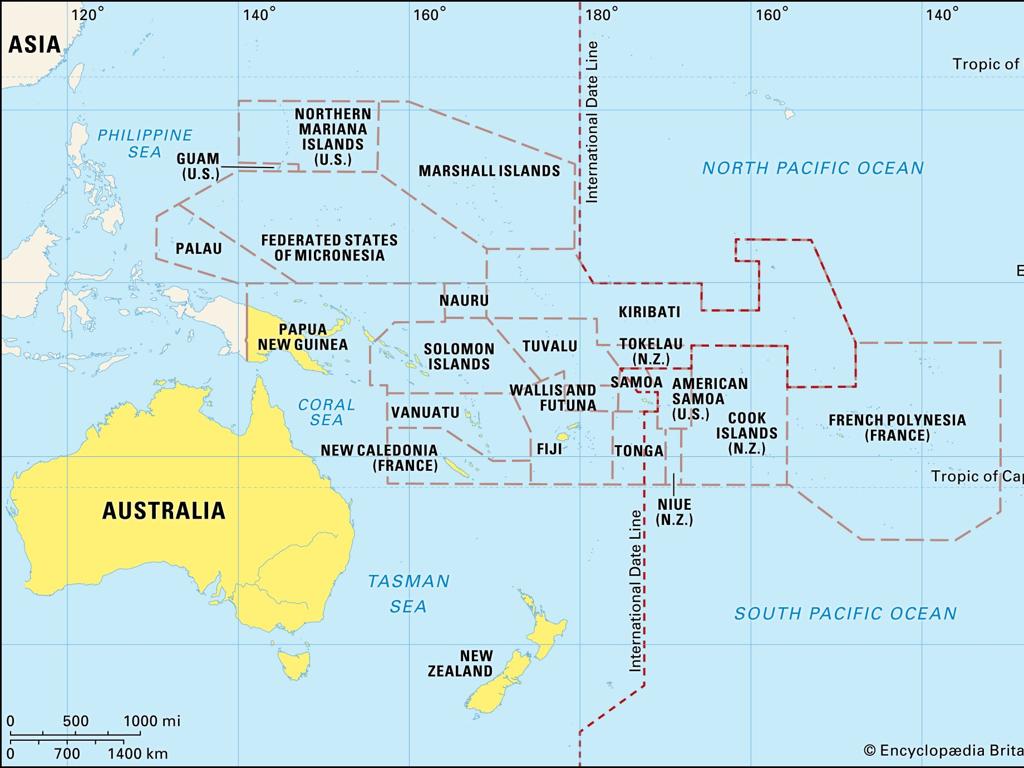The Constitutional Convention
Subject: Social studies
Grade: Seventh grade
Topic: The Early Republic
Please LOG IN to download the presentation. Access is available to registered users only.
View More Content
The Constitutional Convention: A Key Event in American History
– Explore The Early Republic era
– Today’s focus: The Constitutional Convention
– Significance in U.S. history
– The convention marked the creation of the U.S. Constitution, replacing the Articles of Confederation.
– Impact on modern governance
– Established the framework for the federal government and the system of checks and balances.
|
This slide introduces students to The Early Republic, a pivotal time in American history, and sets the stage for a deeper dive into The Constitutional Convention. Emphasize the importance of the convention as it led to the drafting of the U.S. Constitution, which laid the foundation for the country’s laws and government. Highlight how the Constitution replaced the Articles of Confederation, which were deemed ineffective for governing the growing nation. Discuss the lasting impact of the convention, such as the establishment of the system of checks and balances that ensures no single branch of government holds too much power. Encourage students to think about how these changes continue to affect our lives today.
The Road to the Constitutional Convention
– Review of Articles of Confederation
– First governing document of the US, but limited central power
– Weaknesses of the Articles
– Issues like lack of tax enforcement power and no executive branch
– Need for stronger federal government
– To address national issues effectively and unify the states
|
This slide aims to set the stage for understanding the events that led to the Constitutional Convention. Begin with a brief review of the Articles of Confederation, emphasizing that while it was the first governing document of the United States, it granted limited powers to the central government. Discuss the specific weaknesses of the Articles, such as the inability to enforce taxes and the lack of a national executive branch or judiciary. Conclude by explaining the growing consensus among American leaders that a stronger federal government was necessary to address national issues and to ensure a more unified and effective union. This discussion will help students grasp why the Constitutional Convention was a critical turning point in American history.
Key Figures of the Constitutional Convention
– Introducing James Madison
– Known as ‘Father of the Constitution’, key architect
– Role of George Washington
– Presided over the convention, ensuring fair debate
– Other notable delegates
– Franklin, Hamilton, and more influenced proceedings
– Contributions to the Constitution
– Drafting, debates, and signing; shaped nation’s laws
|
This slide aims to familiarize students with the influential personalities at the Constitutional Convention. James Madison played a pivotal role and earned the title ‘Father of the Constitution’ due to his significant contributions to the document’s creation. George Washington’s presence as the presiding officer lent credibility and order to the proceedings. Other delegates like Benjamin Franklin and Alexander Hamilton also played crucial roles in shaping the Constitution. Highlight each figure’s unique contributions, such as Madison’s Virginia Plan or Hamilton’s advocacy for a strong central government. Encourage students to appreciate the collaborative effort that went into forming the foundation of the United States government.
The Great Compromise
– Overview of the Virginia Plan
– Proposed representation based on state population
– Overview of the New Jersey Plan
– Advocated for equal representation for all states
– Representation issue at the convention
– Dispute whether states should have equal or population-based votes
– Resolution by the Great Compromise
– Created a bicameral legislature with two types of representation
|
The Great Compromise was a pivotal moment at the Constitutional Convention, addressing the contentious issue of state representation in the new government. The Virginia Plan suggested representation should be based on state population, favoring larger states. In contrast, the New Jersey Plan called for equal representation regardless of size, which smaller states preferred. The debate was intense, as this decision would shape the legislative structure of the United States. The Great Compromise, also known as the Connecticut Compromise, proposed a bicameral legislature with a House of Representatives based on population (pleasing larger states) and a Senate with equal representation for all states (satisfying smaller states). This compromise was crucial in moving forward with a united constitution and laid the foundation for the legislative system still in use today. Encourage students to consider the importance of compromise in the creation of a fair and functioning government.
The Three-Fifths Compromise
– Issue of slavery and representation
– Delegates debated how slaves would count towards population and representation.
– Explanation of the Three-Fifths Compromise
– Each enslaved person would be counted as three-fifths of a free individual for taxes and representation.
– Impact on politics and society
– Affected political power between free and slave states, influencing elections and policies.
– Significance for future generations
– Set a precedent affecting civil rights and equality debates in U.S. history.
|
This slide addresses the contentious debate over slavery at the Constitutional Convention and how it led to the Three-Fifths Compromise. It’s crucial to explain that the compromise was a political solution to the problem of how enslaved people would be counted for legislative representation and taxation purposes. Emphasize the impact this had on the balance of power between the Northern and Southern states and how it would shape the political landscape of the early United States. Discuss the long-term significance of the compromise, including its role in the ongoing struggle for civil rights and equality. Encourage students to reflect on the ethical implications of this compromise and its effects on American society.
Ratification of the Constitution
– Explaining the ratification process
– States convened to discuss and vote on the Constitution’s approval
– Federalists vs Anti-Federalists
– Federalists supported while Anti-Federalists opposed the Constitution
– The role of the Federalist Papers
– A series of essays arguing for the Constitution’s ratification
– The purpose behind the advocacy
– To persuade the public and states to ratify the Constitution
|
This slide delves into the critical phase of ratifying the Constitution, where states convened to debate and ultimately vote on its adoption. Highlight the two opposing groups: the Federalists, who supported a strong central government and the Constitution, and the Anti-Federalists, who feared it would overpower states’ rights. Introduce the Federalist Papers, a collection of 85 articles and essays written by Hamilton, Madison, and Jay under the pseudonym ‘Publius’ to advocate for the ratification of the Constitution. Emphasize the importance of these papers in shaping public opinion and influencing the debate on ratification. Encourage students to consider the impact of these historical debates on the formation of the U.S. government.
The Bill of Rights
– Purpose of the Bill of Rights
– To protect individual freedoms and limit government power
– Incorporation into the Constitution
– Ratified as the first ten amendments in 1791 after debates for stronger protections of liberties
– Key amendments overview
– 1st Amendment: Freedom of speech, religion, press, assembly, and petition. 2nd: Right to bear arms. 4th: Protection against unreasonable searches.
|
The Bill of Rights was introduced to ensure the protection of individual liberties and to address the concerns of Anti-Federalists who feared the potential tyranny of a strong central government. These first ten amendments to the Constitution enumerate specific prohibitions on governmental power, serving as a political compromise to facilitate the ratification of the Constitution. Key amendments include the 1st, which guarantees freedoms concerning religion, expression, assembly, and the right to petition. The 2nd Amendment protects the right to keep and bear arms, while the 4th Amendment assures the right to be secure from unreasonable searches and seizures. It’s crucial to discuss the significance of these amendments in the context of the time and how they continue to impact American society and law. Encourage students to think about how these rights affect their daily lives and the importance of understanding their constitutional protections.
The Lasting Legacy of the Constitutional Convention
– Impact of the Constitutional Convention
– Established the framework for US government and laws
– Resolving issues of the Articles
– Addressed weaknesses like lack of federal power and no executive branch
– Constitution in today’s America
– Continues to guide lawmaking and governance
– Enduring principles and adaptability
– Balances timeless ideals with flexibility for change
|
This slide aims to encapsulate the enduring influence of the Constitutional Convention on the United States. Highlight how the Convention rectified the shortcomings of the Articles of Confederation, such as the lack of a strong central government and executive leadership. Emphasize the Constitution’s role in shaping current American government and society, serving as the supreme law of the land and a model for democratic governance worldwide. Discuss its built-in mechanisms for amendment, allowing it to evolve with the nation. Encourage students to consider how the Constitution remains relevant in their lives and the functioning of the country. Provide examples of recent constitutional debates to illustrate its ongoing significance.
Class Activity: Creating a Classroom Constitution
– Divide into small groups
– Draft a ‘Constitution’ for a fictional class
– Imagine rules & laws that would make a fair classroom
– Address issues and form compromises
– Think about common problems and how to solve them together
– Present your ‘Constitution’ to the class
|
This activity is designed to give students a practical understanding of the Constitutional Convention’s challenges. By working in small groups, students will simulate the process of creating a constitution by considering the needs and wants of a fictional classroom society. They will need to address common classroom issues and work together to create compromises, mirroring the negotiation and cooperation required by the Founding Fathers. After drafting their constitutions, each group will present their document to the class, explaining their decisions and the rationale behind them. For the teacher: Prepare to facilitate discussions, guide students in conflict resolution, and provide feedback on their constitutions. Possible variations of the activity could include assigning different roles to group members, such as ‘President’ or ‘Representative,’ to further simulate the Constitutional Convention experience.

